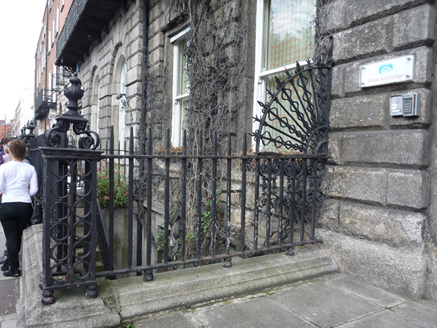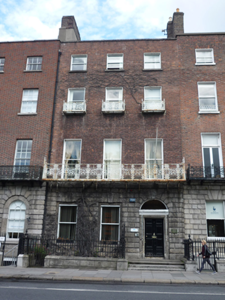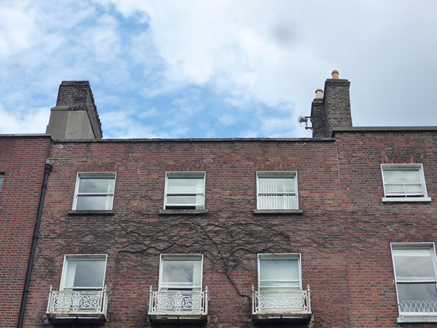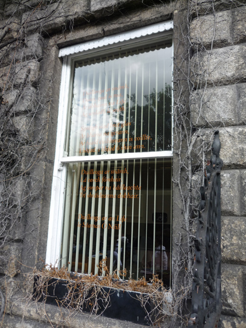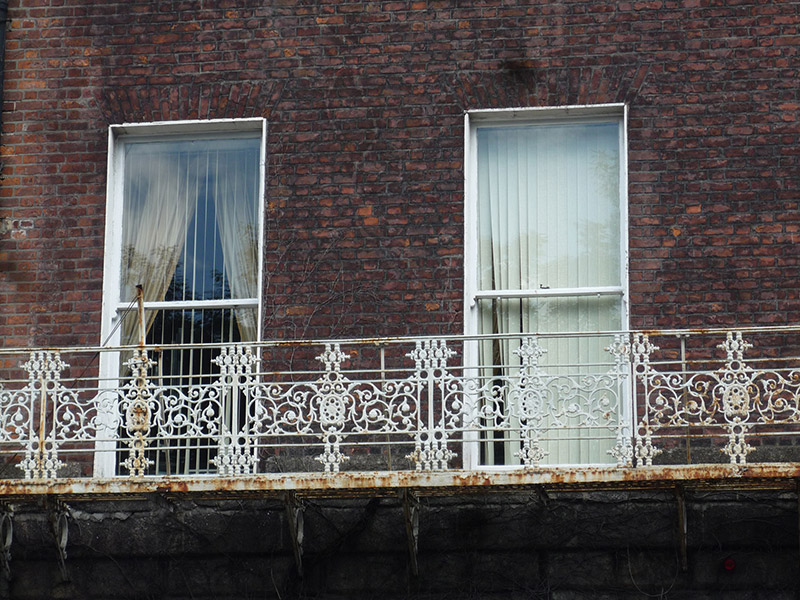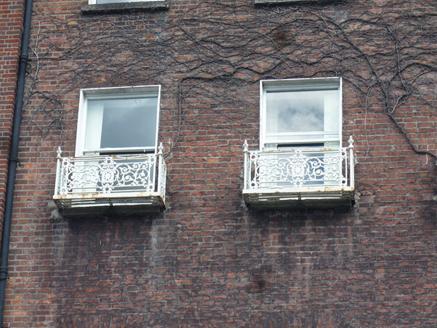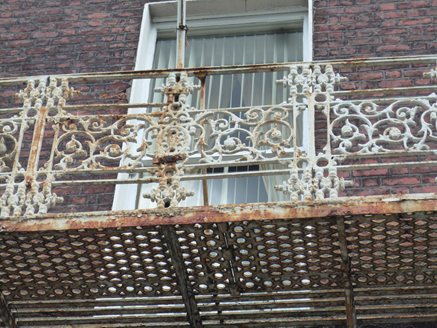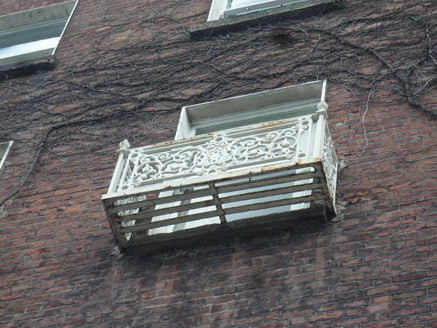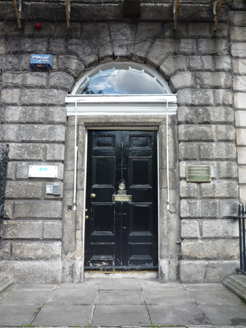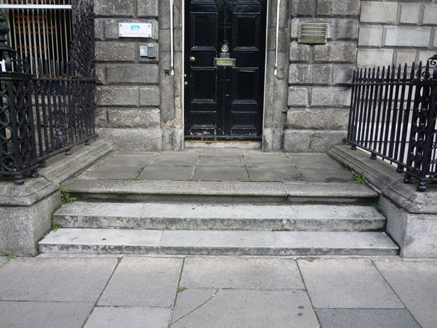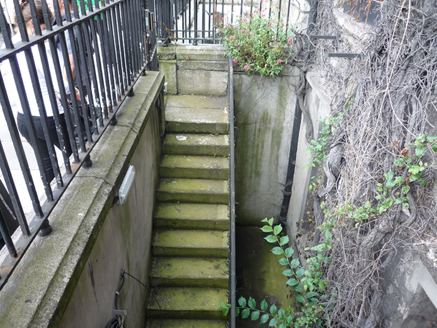Survey Data
Reg No
50100354
Rating
Regional
Categories of Special Interest
Architectural, Artistic
Original Use
House
In Use As
Office
Date
1760 - 1770
Coordinates
316630, 233702
Date Recorded
29/07/2016
Date Updated
--/--/--
Description
Attached three-bay four-storey former house over basement, built c. 1765, with small addition to rear having wider five-bay two-storey block to rear of latter. Pitched slate roof to front, and two pitched roofs to rear perpendicular to street, with hips to rear and eastern pitch being narrower. Flemish bond brown-brick parapet with granite coping, shouldered rendered and brown brick chimneystack to west, shared brown brick chimneystack to east with clay pots, concealed gutters and cast-iron downpipes. Flemish bond brown brick walls over granite channelled rusticated ground floor with granite plinth, and rendered walling to basement and to rear. Square-headed window openings, diminishing in height to upper levels, with painted rendered reveals and painted granite sills. Segmental-headed granite openings to basement with wrought-iron grilles and six-over-six pane timber sliding sash windows, square-headed and one-over-one pane elsewhere; apparently timber sash windows to rear, including round-headed stairs window. Continuous ornate cast-iron balconette to first floor, and ornate cast-iron balconettes to second floor. Segmental-headed granite door opening with moulded architrave and cornice, plain fanlight and eight-panel timber door with brass door furniture. Granite platform with three steps. Wrought-iron railings enclosing basement area with decorative wrought and cast-iron corner posts on moulded granite plinth. Replacement timber panelled door with adjoining multiple-pane fixed window provides internal basement access below bridged platform. Gabled rendered wall to rear boundary.
Appraisal
Nos. 6 and 7 were built by the ironsmith Timothy Turner. No. 7 is enlivened by its ornamental metalwork, but also by its rusticated granite ground floor that provides an additional feature of interest to an otherwise modest façade, and makes it part of a series of partly stone-fronted buildings on the square. The carved stone doorcase and varied window openings add further visual interest. Interior retains neo-Classical plasterwork. (Casey, 2005) The intact nature of the street boundary ensures that, along with its neighbours, it makes a strong contribution to the early and intact character of the square. It was constructed as part of the original development of the square, laid out as part of the Fitzwilliam Estate, and one of the best-preserved Georgian streetscapes in Ireland. The north, east and south sides of the square are lined with houses of eighteenth and nineteenth-century date, while the west side is terminated by the garden front of Leinster House . The houses maintain a relatively uniform building height and design, attributed to standards promoted in Fitzwilliam's leases, and individuality was introduced through the design of doorcases, ironwork and interior decorative schemes.
